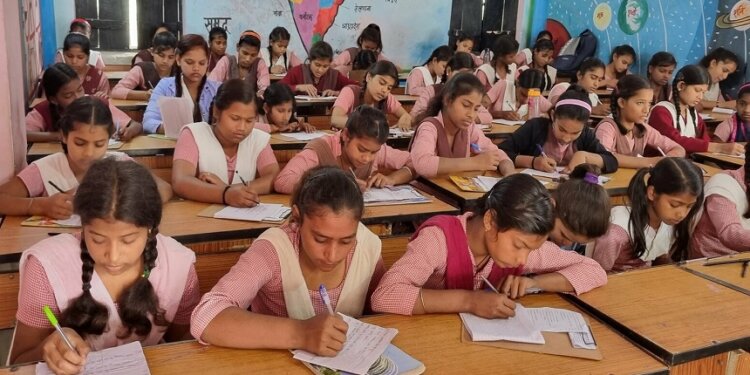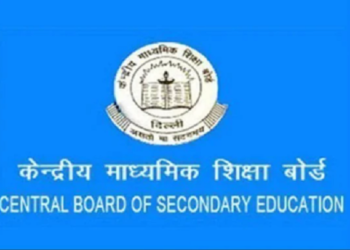The National Curriculum Framework (NCF), released by the Centre on Wednesday, mandates the teaching of three languages, including two Indian languages, in classes 9-10 and two languages, including one Indian language, in classes 11-12, a significant departure from the draft proposals released for public feedback in April this year.
The emphasis on immediate transition from annual to semester system in class 12 has also been reduced in the final version of the NCF. According to sources, numerous states objected to this idea since they were not prepared for the transfer, given the infrastructural obstacles faced by the semester system in terms of teaching and evaluation. The final NCF now stipulates that “in the long run,” all boards should switch to semester or term-based systems.
The final framework reiterates the draft document’s recommendation on holding the class 12 board exam twice a year. “Board exams will be offered at least twice a year to ensure students have enough time and opportunity to perform well. Students can then appear for a board exam in subjects they have completed and feel ready for. They will also be allowed to retain the best score,” it states.
According to sources, the mandate of teaching two Indian languages in grades 9-10 and one Indian language in grades 11-12 was incorporated after “extensive feedback” from as many as 4,000 organizations in the previous three months. It is understood that RSS-affiliated organizations were dissatisfied with the draft NCF for not emphasizing Indian languages, particularly in classes 11-12.
“The first draft was a very early version, and was expected to undergo substantial changes following the deliberations and feedback received, leading up to the final NCF,” said a member of the 13-member steering committee that authored the final document.
Members of the steering group last addressed the revisions during a meeting in early July, after which the final draft was submitted to Union Minister of Education Dharmendra Pradhan on July 30.
Fields medalist Manjul Bhargava, former chairperson of National Book Trust Govind Prasad Sharma, Jamia Millia Islamia Vice-Chancellor Najma Akhtar, founder Chairman of Dalit Indian Chamber of Commerce and Industry Milind Kamble, and founder director of NGO Language and Learning Foundation Dhir Jhingran were among those on the steering committee, which was led by former ISRO chief K Kasturirangan.
The draft statement called for the teaching of three languages (R1, R2, and R3) in grades 6, 7, and 8, and two languages (R1 and R2) in grades 9 and 10. There were no guidelines for language learning in grades 11 and 12.
The April draft defined R1 as the mother tongue or home language, R2 as any other language (including English), and R3 as any language that wasn’t R1 or R2. The designation of R1, R2, and R3 was left up to state governments and appropriate educational boards.
However, the final NCF requires three languages (referred to as R1, R2, and R3) to be taught up to Class 10. “At least two of these three languages — R1, R2, and R3 —
must be native to India,” it says. “In classes 11 and 12, students will have to study two languages and one of them has to be an Indian language,” it adds.
must be native to India,” it says. “In classes 11 and 12, students will have to study two languages and one of them has to be an Indian language,” it adds.
Currently, most educational boards, including the Central Board of Secondary Education (CBSE), assess pupils on two languages in Class 10 and one language in Class 12. Some state boards, however, require the teaching of a regional language up to the 10th grade level, such as Marathi in Maharashtra and Bengali in West Bengal. In contrast to the current voluntary nature of these disciplines, the final NCF makes the study of Indian languages mandatory across all schools and boards.
It is important to remember that the National Education Policy 2020 and the National Curriculum Framework, which are based on the education policy, are not binding on the states. The NEP is a policy that states can choose to implement, whereas the NCF specifies how school education should be delivered in classrooms.
According to the final NCF, pupils in Class 12 will be assessed on a maximum of seven courses. Most school boards currently limit Class 12 students to six subjects.
It also allows students to explore a blend of science and humanities, reducing the strong borders that separate arts, commerce, and science in Classes 11 and 12.
Source:IE







 Finance
Finance







